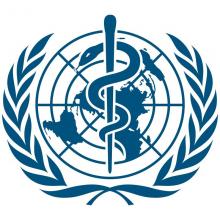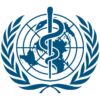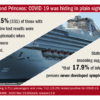Reports increasingly suggest anosmia/hyposmia can signal early COVID-19 infection
Unexplained anosmia, hyposmia, and dysgeusia should be added to the list of possible COVID-19 symptoms for screening purposes, and individuals with such symptoms should consider self-isolation, the American Academy of Otolaryngology-Head and Neck Surgery (AAO-HNS) has proposed.
However, a World Health Organization expert said during a March 23 daily briefing on the novel coronavirus pandemic that the jury is still out on that.
The AAO-HNS proposal is based on “rapidly accumulating” anecdotal evidence that such symptoms – in the absence of other symptoms suggestive of COVID-19 – have sometimes preceded a COVID-19 diagnosis.
“ … anosmia, hyposmia, and dysgeusia in the absence of other respiratory disease such as allergic rhinitis, acute rhinosinusitis, or chronic rhinosinusitis should alert physicians to the possibility of COVID-19 infection and warrant serious consideration for self-isolation and testing of these individuals,” the AAO-HNS said in a statement on the proposal.
ENT UK, an organization representing Ear, Nose, and Throat surgery and its related specialties in the UK, also is emphasizing the potential importance of these symptoms. In a March 21 letter, ENT UK experts cited “good evidence from South Korea, China and Italy that significant numbers of patients with proven COVID-19 infection have developed anosmia/hyposmia.”
Claire Hopkins, BMBCh, president of the British Rhinological Society and a professor of Rhinology at King’s College London, along with ENT UK president Nirmal Kumar, also noted in the letter that two of every three cases in Germany, and 30% of patients testing positive in South Korea, had anosmia as their first symptom.
“While there is a chance the apparent increase in incidence could merely reflect the attention COVID-19 has attracted in the media, and that such cases may be caused by typical rhinovirus and coronavirus strains, it could potentially be used as a screening tool to help identify otherwise asymptomatic patients, who could then be better instructed on self-isolation,” they wrote.
Maria Van Kerkhove, MD, technical lead of the WHO Medical Emergencies Program, acknowledged the anecdotal evidence during the WHO briefing.
“Yes, we’ve seen quite a few reports … but this is something that we need to look into to really capture if this is one of the early signs and symptoms of COVID-19,” she said, noting that WHO is working with more than a dozen countries that are systematically collecting data using molecular and serological testing to “capture more robustly” the early signs and symptoms, and is “reaching out to a number of countries and looking at the cases that have already been reported to see if [anosmia] is a common feature.”
“We don’t have the answer to that,” she said, adding that, in addition to the major symptoms – including dry cough, fever, and shortness of breath – that are well known at this point, “there are likely to be many signs and symptoms that people have.”
“A loss of smell or a loss of taste is something that we’re looking into, and we’re looking forward to the results of these early investigations … so that we have a more evidence-based approach and we can add that to the list.”




